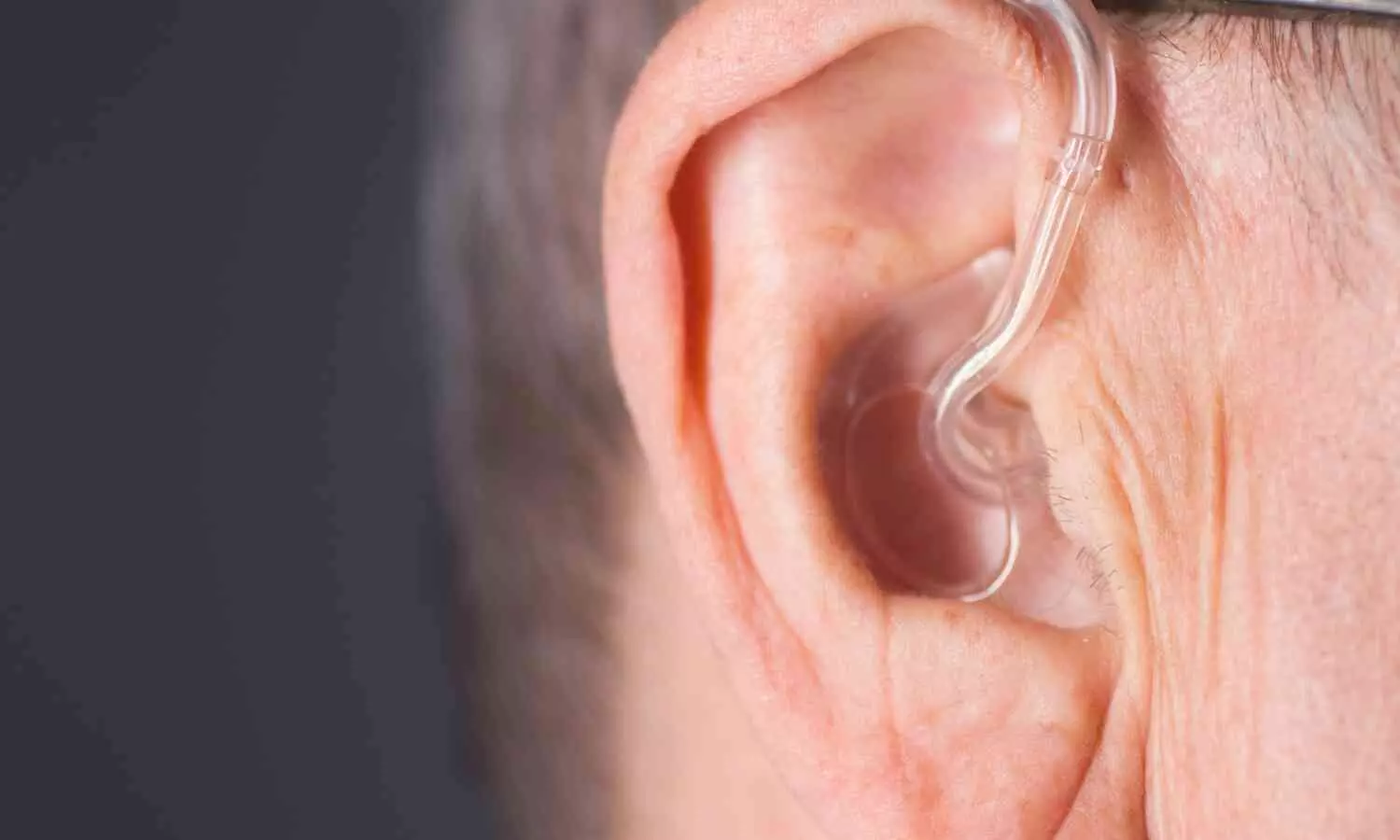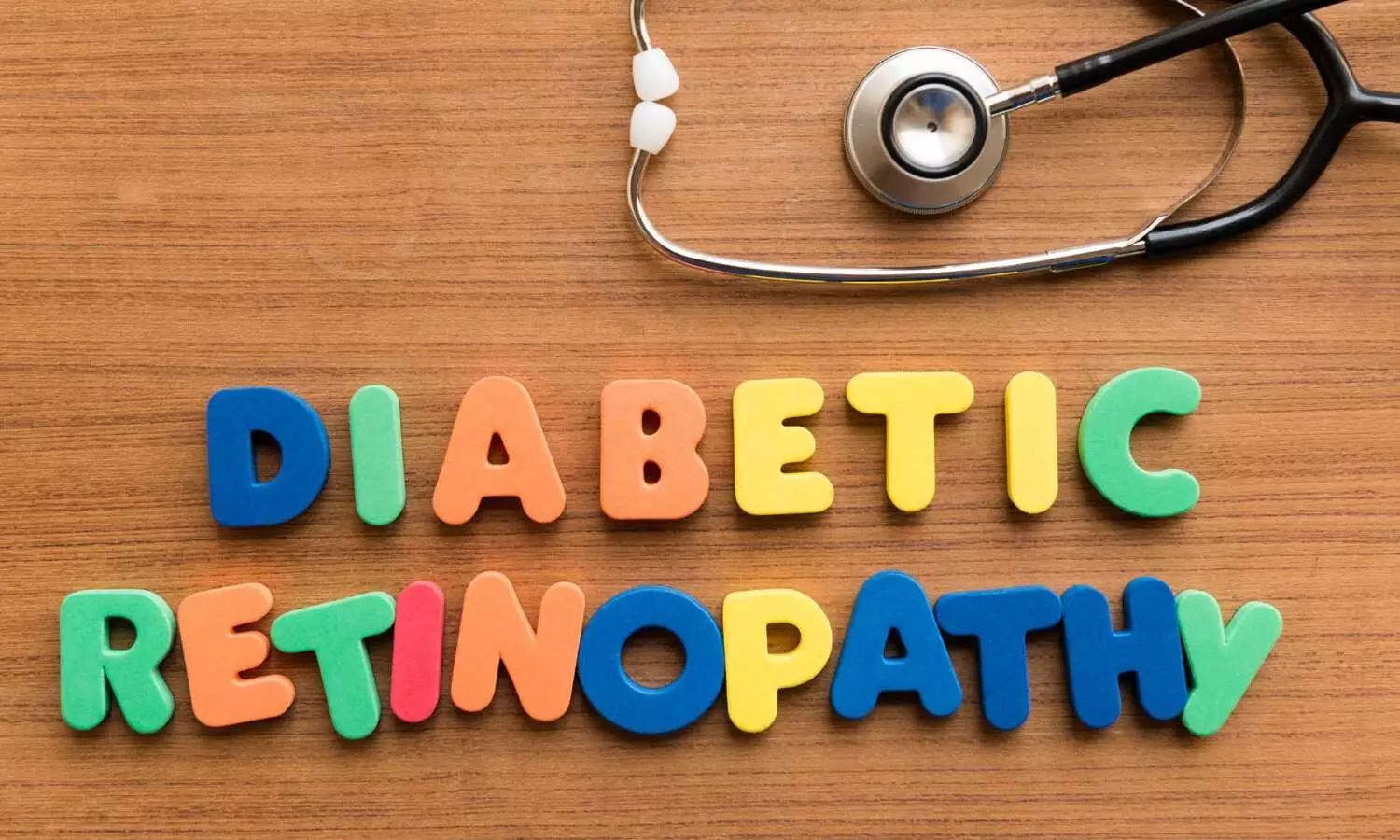Sedation useful in children with Acute Respiratory failure treated with noninvasive ventilation: Study

Researchers have found that sedation in children with acute respiratory failure (ARF) receiving noninvasive ventilation (NIV) may enhance clinical parameters and comfort levels without increasing the risk of NIV failure or lengthening pediatric intensive care unit (PICU) stays. A study was recently published in BMC Critical Care journal by Lorena B. and colleagues. This prospective, multicenter, observational study was conducted in 13 PICUs across Spain from January to December 2021 to evaluate the impact of sedation on these critical factors.
This study was conducted in children below five years who had ARF and were on NIV. Clinical data were captured along with comfort scores at the initiation of NIV and at 3, 6, 12, 24, and 48 hours. The patient comfort was assessed on the COMFORT-behavior scale while the NIV failure was defined as endotracheal intubation.
Results
A total of 457 patients participated, with a median age of 3.3 months (IQR 1.3–16.1). Sedation was administered to 213 children (46.6%), who exhibited higher heart rates, higher COMFORT-B scores, and lower SpO2/FiO2 ratios compared to those not receiving sedation. Significant improvements were observed in the sedation group, including:
-
COMFORT-B Scores: Improved at 3, 6, 12, and 24 hours.
-
Heart Rate: Improved at 6 and 12 hours.
-
SpO2/FiO2 Ratio: Improved at 6 hours.
-
The overall NIV success rate was 95.6%, with intubation required in 6.1% of the sedation group and 2.9% of the non-sedation group (p = 0.092).
-
Multivariate analysis identified the PRISM III score at NIV initiation (OR 1.408; 95% CI 1.230–1.611) and respiratory rate at 3 hours (OR 1.043; 95% CI 1.009–1.079) as independent predictors of NIV failure.
-
Factors correlated with PICU length of stay included weight, PRISM III score, respiratory rate at 12 hours, SpO2 at 3 hours, FiO2 at 12 hours, NIV failure, and NIV duration.
-
Sedation was not independently related to NIV failure or PICU length of stay.
The findings support sedation in children with ARF on NIV to improve comfort and some clinical parameters without reducing NIV success rates or increasing PICU stay. Though children who were receiving sedation were sicker at the time of the initiation of the technique, sedation remained a useful intervention.
In children with ARF treated by NIV, the use of sedation can improve clinical parameters and comfort without raising the rates of NIV failure or the length of stay in a PICU. The findings support sedation as a potentially useful adjunct in the management of paediatric ARF within a PICU setting.
Reference:
Bermúdez-Barrezueta, L., Mayordomo-Colunga, J., Miñambres-Rodríguez, M., Reyes, S., Valencia-Ramos, J., Lopez-Fernandez, Y. M., Mendizábal-Diez, M., Vivanco-Allende, A., Palacios-Cuesta, A., Oviedo-Melgares, L., Unzueta-Roch, J. L., López-González, J., Jiménez-Villalta, M. T., Cuervas-Mons Tejedor, M., Artacho González, L., Jiménez Olmos, A., Pons-Òdena, M., Brezmes Raposo, M., Pino Vázquez, M. A., … SEDANIV Study group of the Spanish Society of Pediatric Intensive Care. (2024). Implications of sedation during the use of noninvasive ventilation in children with acute respiratory failure (SEDANIV Study). Critical Care (London, England), 28(1). https://doi.org/10.1186/s13054-024-04976-2
Powered by WPeMatico



















